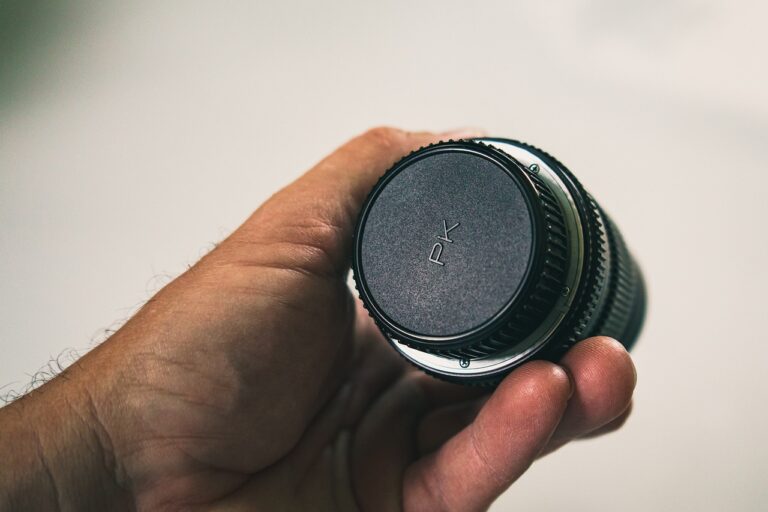The Evolution of Car Exterior Coating Technologies: From Enamel Paint to Ceramic Coatings
Water-based coatings have gained popularity in recent years due to their lower environmental impact compared to solvent-based alternatives. By using water as a carrier instead of harmful chemicals, these coatings emit fewer volatile organic compounds (VOCs) into the atmosphere during application, contributing to improved air quality and reducing health risks for both workers and consumers. Additionally, water-based coatings are easier to clean up and dispose of, making them a more sustainable choice for environmentally-conscious consumers and industries.
In terms of production, water-based coatings typically have a lower carbon footprint than solvent-based counterparts. The manufacturing process of water-based coatings often requires less energy and resources, leading to reduced greenhouse gas emissions and overall environmental impact. Furthermore, advancements in technology have enabled water-based coatings to offer comparable performance and durability to solvent-based options, making them a viable eco-friendly alternative without compromising on quality.
The Future of Self-healing Coatings
As technology continues to advance, self-healing coatings are poised to revolutionize the way we protect surfaces. These innovative coatings have the ability to autonomously repair damage, extending the lifespan of various materials and reducing the need for frequent replacements. By harnessing the power of microcapsules or embedded nanoparticles, self-healing coatings are able to detect cracks and scratches, initiating a healing process that restores integrity to the surface.
The potential applications of self-healing coatings are vast, with industries such as automotive, aerospace, and construction eagerly exploring their benefits. Not only do these coatings offer enhanced durability and protection, but they also have the potential to minimize maintenance costs and downtime. As research and development in this field continue to progress, we can expect to see self-healing coatings become more widely adopted, revolutionizing the way we approach surface protection.
The Importance of Regular Maintenance
Regular maintenance is the backbone of prolonging the life expectancy of any coating. Neglecting routine upkeep can lead to gradual degradation of the protective barrier, leaving surfaces vulnerable to damage from environmental elements. By staying proactive with maintenance tasks such as cleaning, inspection, and touch-ups, coatings can continue to effectively shield substrates from wear and tear.
Additionally, regular maintenance plays a vital role in ensuring that coatings maintain their aesthetic appeal over time. Dust accumulation, minor scratches, and other imperfections can detract from the overall appearance of a coated surface. By addressing these issues promptly through regular maintenance, the visual integrity of the coating can be preserved, creating a more welcoming and professional environment.
Why is regular maintenance important for coatings?
Regular maintenance helps to prolong the lifespan of coatings and ensure they continue to perform at their best.
How can regular maintenance help reduce environmental impact?
By maintaining coatings properly, there is less need for frequent reapplications, reducing the amount of coating material that ends up in the environment.
What are some common maintenance tasks for coatings?
Common maintenance tasks include cleaning the surface regularly, repairing any damage promptly, and applying protective coatings as needed.
How often should coatings be maintained?
The frequency of maintenance will depend on the type of coating and the environment it is exposed to, but generally it is recommended to inspect and touch up coatings at least once a year.
Can regular maintenance help prevent the need for costly repairs or replacements?
Yes, by catching any issues early on and addressing them promptly, regular maintenance can help prevent more serious damage that could require costly repairs or replacements.







